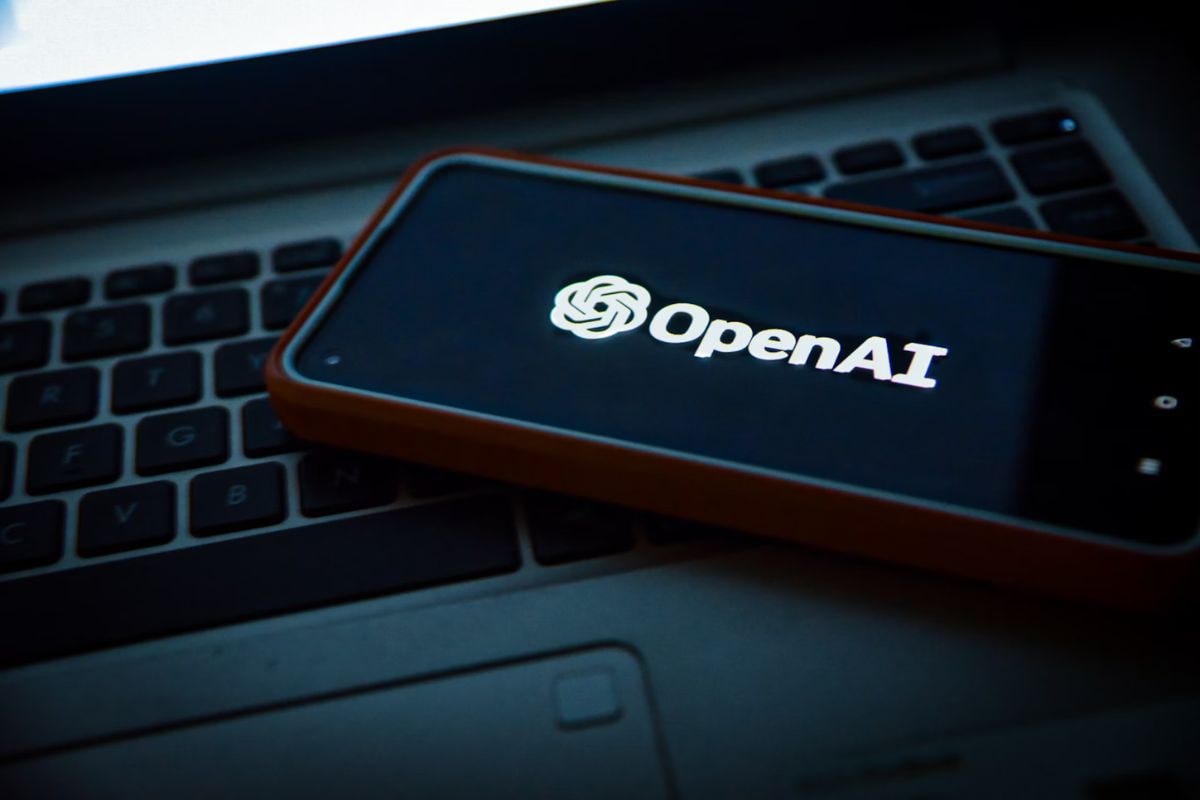Introduction to OpenAI’s New AI Models
OpenAI has made waves in the field of artificial intelligence with the launch of its latest AI models, the OpenAI o1 and OpenAI o1 Mini. These models are designed to tackle complex questions and provide more accurate and thoughtful responses than their predecessors. One of the standout features of this new series is its advanced reasoning capability, allowing the AI to think critically before arriving at answers. However, these models are available only as paid versions, marking a significant step in the evolution of AI technology.
Key Features of OpenAI o1 and o1 Mini
The OpenAI o1 series introduces multiple improvements over previous generations of AI models, particularly in the realms of science, mathematics, and programming. Here are some key features that set these models apart:
- Advanced Reasoning: OpenAI o1 is equipped with enhanced reasoning abilities, enabling it to divide complex problems into smaller, more manageable pieces.
- Continuous Learning: The AI learns from its own responses, striving to improve its accuracy and correct any mistakes it makes.
- High Performance: In testing scenarios, the OpenAI o1 has shown performance levels comparable to that of PhD students in fields like physics, chemistry, and biology, as well as mathematics and programming.
- Specialized for Science and Coding: These models are specifically crafted to excel in scientific problem-solving and coding challenges, including the generation of mathematical formulas for quantum optics.
How Does OpenAI o1 Work?
OpenAI o1 utilizes a method known as reinforcement learning, which allows it to draw lessons from the answers it generates. This self-improvement mechanism is a game-changer, as it gives the AI the ability to think critically and consider multiple angles before arriving at an answer. By breaking down questions into smaller components, OpenAI o1 can address complex inquiries in a more structured and effective manner.
Performance Comparison
The capabilities of OpenAI o1 and o1 Mini extend beyond simple question-and-answer tasks. Their ability to handle intricate reasoning problems and coding challenges has made them a valuable resource for researchers, students, and professionals alike. Below is a comparison table showcasing the strengths of the OpenAI o1 series against previous models:
| Feature | OpenAI o1 | Previous Models |
|---|---|---|
| Reasoning Capability | Advanced | Basic |
| Learning Mechanism | Reinforcement Learning | Static Learning |
| Performance in Complex Subjects | PhD Level | Undergraduate Level |
| Coding Support | Yes | Limited |
| Mathematical Formula Generation | Yes | No |
Conclusion
The introduction of the OpenAI o1 and OpenAI o1 Mini models marks a significant milestone in AI technology, enhancing the capabilities of machine learning in reasoning and problem-solving. Their robust performance in science and coding positions them as essential tools for students and professionals seeking advanced AI assistance. As we continue to explore the potential of these groundbreaking models, OpenAI undoubtedly sets the stage for the future of intelligent technology.









